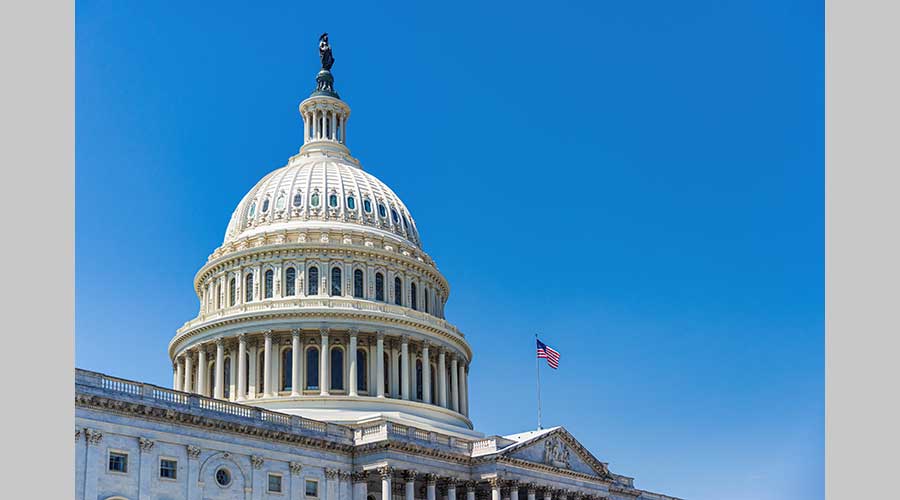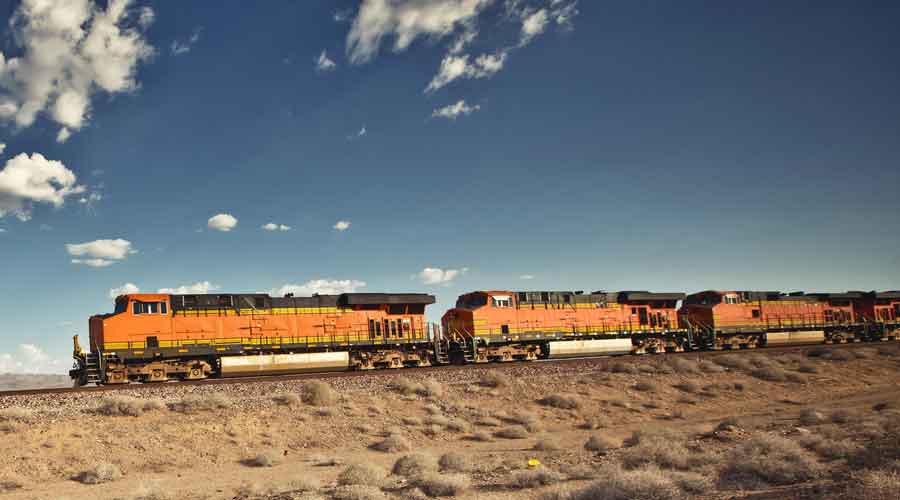Stay updated on news, articles and information for the rail industry
12/4/2015
Rail News: Rail Industry Trends
AAR: Carload, intermodal activity down in November
Both carload and intermodal traffic volumes at U.S. railroads declined during the month of November, the Association of American Railroads (AAR) reported this week.
U.S. carload traffic last month dropped 10.4 percent to 1,041,605 units, while intermodal containers and trailers volume fell 1 percent to 1,024,162 units compared with November 2014. Combined, U.S. carload and intermodal originations were 2,065,767, down 6 percent compared with a year ago.
AAR-tracked commodity categories that declined year over year in November included coal, down 17.6 percent; petroleum and petroleum products, down 20.1 percent; and metallic ores, down 31.7 percent. But six of the 20 commodity categories posted year-over-year gains last month, including miscellaneous carloads, up 32.9 percent; motor vehicles and parts, up 4.7 percent; and non-metallic minerals, up 6.9 percent.
"The decline in rail carload traffic in November 2015 was broad based, reflecting manufacturing slowdowns, energy prices and policy, and the constraint of a strong dollar. Even intermodal was down in November, largely due to reduced international traffic," said AAR Senior Vice President of Policy and Economics John Gray in a press release. "Railroads are well positioned to serve their customers safely and reliably, but the economy has to cooperate. We're hopeful that will happen soon."
For the first eleven months of 2015, total rail traffic volume in the United States was 25,577,500 carloads and intermodal units, down 1.8 percent or 476,392 carloads and intermodal units from the same point last year.
For the week ending Nov. 28, total U.S. weekly rail traffic was 450,389 carloads and intermodal units, down 8.6 percent compared with the same week last year. Canadian railroads posted 72,465 carloads for the week, down 8.1 percent, and 58,555 intermodal units, up 5.5 percent. Mexican railroads logged Mexican railroads reported 16,548 carloads for the week, a decrease of 0.4 percent, and 12,051 intermodal units, an increase of 9.2 percent.


 LRW Honors Amtrak’s Acheson As Railway Woman Of The Year
LRW Honors Amtrak’s Acheson As Railway Woman Of The Year
 From Editor-In-Chief Foran: Of Gender Equity And Inclusion
From Editor-In-Chief Foran: Of Gender Equity And Inclusion
 Spotlight On Some Of Today’s Rail Safety Products
Spotlight On Some Of Today’s Rail Safety Products
 Women of Influence in Rail eBook
Women of Influence in Rail eBook
 railPrime
railPrime







